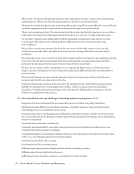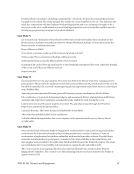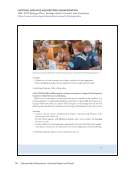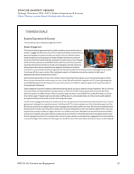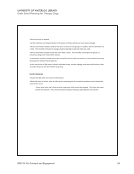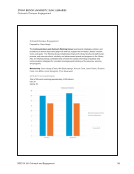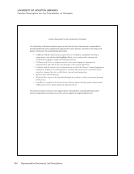72 Survey Results: Survey Questions and Responses Sometimes we’re not brought into the process of working with strategic partners as early in a specific initiative, process, or program as we’d wish so we’re working on this. Space and facilities to host events is a major issue for us. We will often get approached by partners, not because they are interested in library outreach, but because they want to use our space for their event. The challenge of working with strategic partners is juggling multiple priorities and schedules. They may have different approaches to outreach, or they may not understand how our services align with the work they are doing. Time constraints and sometimes partners taking advantage of our large library staff asking for more support than we can provide. Time. Most partners operate on their own schedules, and we on ours, so it can often be a challenge to sync. Timing is everything. Personnel changes can radically affect the partnership. Shared funding, priorities, and staffing can be a challenge. Need to determine what each partner gains and contributes. It is hard to plan ahead with partners. Timing of events control over how library should be involved. Unit organizational structures and cultures across campus vary. While individuals in the Libraries may have latitude for decision-making and committing resources, decision-making in other units may require many levels of approval. Understanding and appreciating diverse work cultures is critical. Schedule conflicts also create challenges. We can often be seen as the 250lb gorilla in the room, so when we collaborate with non-university partners, we have to be sensitive to not overstepping our bounds. We generally don’t have challenges with university-based strategic partners. We have not encountered any significant challenges. We sometimes have different views on messaging. Arranging initial contact to discuss partnership. Arranging flexibility within library staff to accommodate change. 30. Library outreach can involve participation in larger institutional activities (e.g., a resource table at first-year orientation). How much of your library’s outreach program is dedicated to responding to requests for library involvement in larger institutional and external outreach activities? N=57 All of our outreach activities 0 — The majority of our outreach activities 5 9% About half of our outreach activities 28 49% A few of our outreach activities 24 42% None of our outreach activities 0 — ASSESSMENT AND REPORTING 31. What assessment methods has your library used to evaluate the success of outreach activities? Check all that apply. N=56 Headcounts 55 98% Observations 53 95% Feedback from outreach volunteers and partners 49 88%













































































